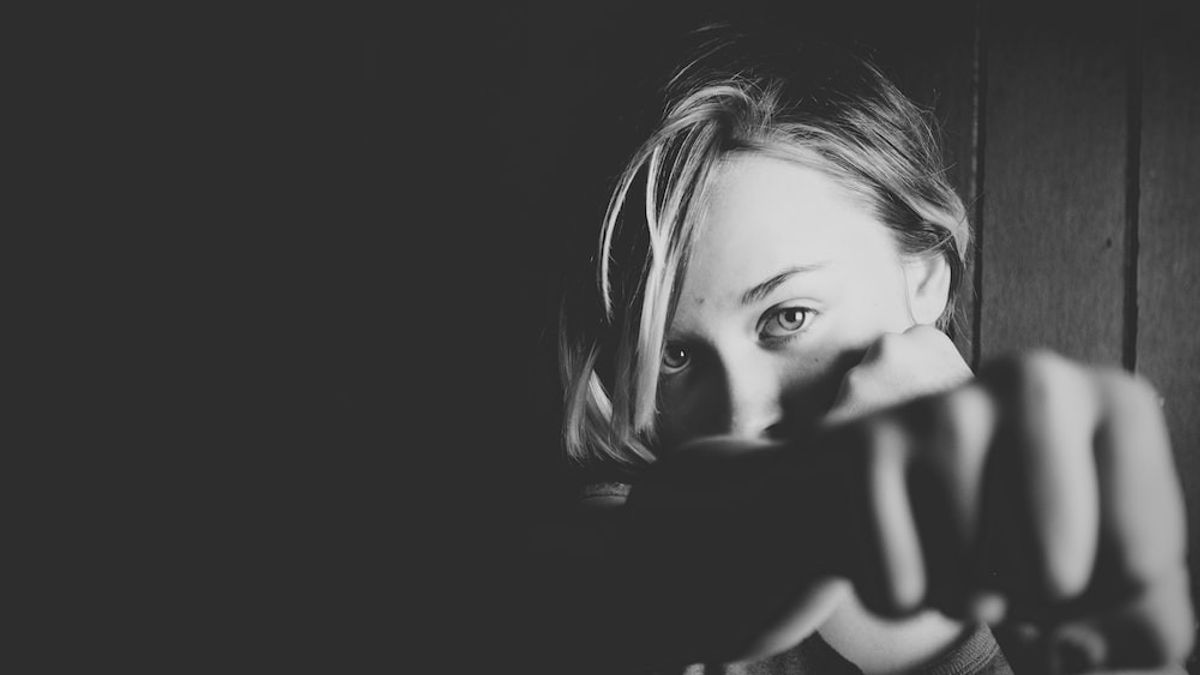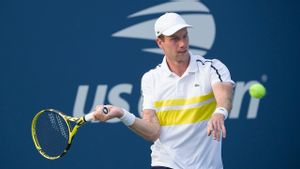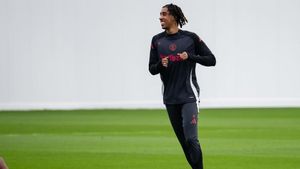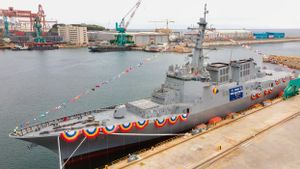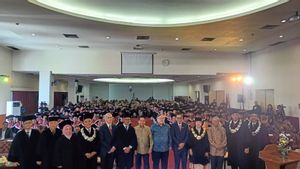YOGYAKARTA Every martial art has a horse as its basic movement including pencak silat. This martial art, which is popular in Indonesia, is also developing moves with horseshoes. There are several horse riding techniques in pencak silat. To better understand the basic techniques of pencak silat, see the following summary.
According to the Big Indonesian Dictionary (KBBI), the horse is an alert attitude (in self-defense) with the position of the legs and body that is ready to accept attacks.
In language, the term horses'' comes from the word horses'', animals that become riding. This technique refers to the position of horse riders who bend their knees slightly and then their buttocks slightly down.
In pencak silat, horseshoes are basic techniques that must be learned by beginners and must be mastered by senior fighters. This technique helps maintain the body's balance so that during matches and combat, athletes are not easily brought down by opponents.
In general, horse engineering involves the position of the legs, hands, and body. The benefits are also varied, namely the following.
Horses train so that the body can be balanced, so that in a battle with various movements, fighters do not fall easily.
While studying horses, there are many exercises that must be done. This train to strengthen the leg muscles so that the legs can be used for attacks and withstand attacks.
The horse's technique is also a form of resistance in the fight as well as a form of defense from the opponent's attack. Hitting or badminton will be easier to do when in the state of a horse or when ready.
There are at least six horse riding techniques in pencak silat and everything must be studied and controlled by this martial school student, which is as follows.
The function of horses in front is varied. But usually used to carry out attacks on opponents directly.
The way to do the front horses in pencak silat is to position the right leg forward, while the left leg behind. Both legs are on one straight front-back line. After that, bend the front leg because the foundation of the body will use the right leg. The left foot is also slightly bent to maintain balance.
The benefit of side horses is so that fighters can launch a rotating attack towards the opponent, so that it will be easier to be alert to the opponent's movements that are not anticipated.
The way to do the side horse of the pencak silat is to open the legs as wide as the shoulder, the knee of one of the legs that is considered the strongest. While the other legs are slightly straight but both legs must be level. The weight pile is on the bent leg.
The function of the middle horse in pencak silat is so that fighters are not easily pushed from the front. This technique is also carried out to anticipate attacks from the front.
Cara melakukan kuda kuda tengah adalah dengan membentuk dua kaki hingga membentuk sudut 90 derajat. Berat badan ditumpukan pada dua kaki yang tertekuk.
Similar to the middle horse, the function of the horse is also to hold or fend off attacks from the front.
The way to do a horse is to place your right foot in front of it while the left leg behind in a straight line. The left leg is slightly bent, while the right leg is slightly straightened. The weight is stacked on the left leg.
This technique is a combination of front and side horses. Performed with one leg forward and slightly bent, then the other leg towards another leg so that at first glance the front cross is formed. The pile of bodies is on the legs bent in front of them.
This technique is similar to the horse's cross-front horse. However, the weight is fixed on one leg, while the other legs do not support the load. Usually this technique is used to launch foot attacks on the opponent's upper body.
That's information related to horse riding in pencak silat. To get other interesting information, visit VOI.ID.
The English, Chinese, Japanese, Arabic, and French versions are automatically generated by the AI. So there may still be inaccuracies in translating, please always see Indonesian as our main language. (system supported by DigitalSiber.id)
